By Jeff Roe, DNR Urban Forestry Team Leader, Madison, jeffrey.roe@wisconsin.gov or 608-535-7582
 I am very pleased to announce that Abby Krause has accepted the West Regional Urban Forestry Coordinator position. Abby’s first day was April 11, and she is based in Eau Claire.
I am very pleased to announce that Abby Krause has accepted the West Regional Urban Forestry Coordinator position. Abby’s first day was April 11, and she is based in Eau Claire.
Abby has a degree in urban forestry from the University of Wisconsin – Stevens Point. Her previous work experience includes an internship through the Society of Municipal Arborists with the City of Eugene, Oregon and being volunteer coordinator for the Wisconsin Woodland Owners Association.
She has spent the last three and half years helping communities as the community & urban forestry outreach coordinator for the Indiana Department of Natural Resources. She is also a Certified Arborist through the International Society of Arboriculture.
Continue reading “DNR Welcomes New Urban Forestry Coordinator In Eau Claire”

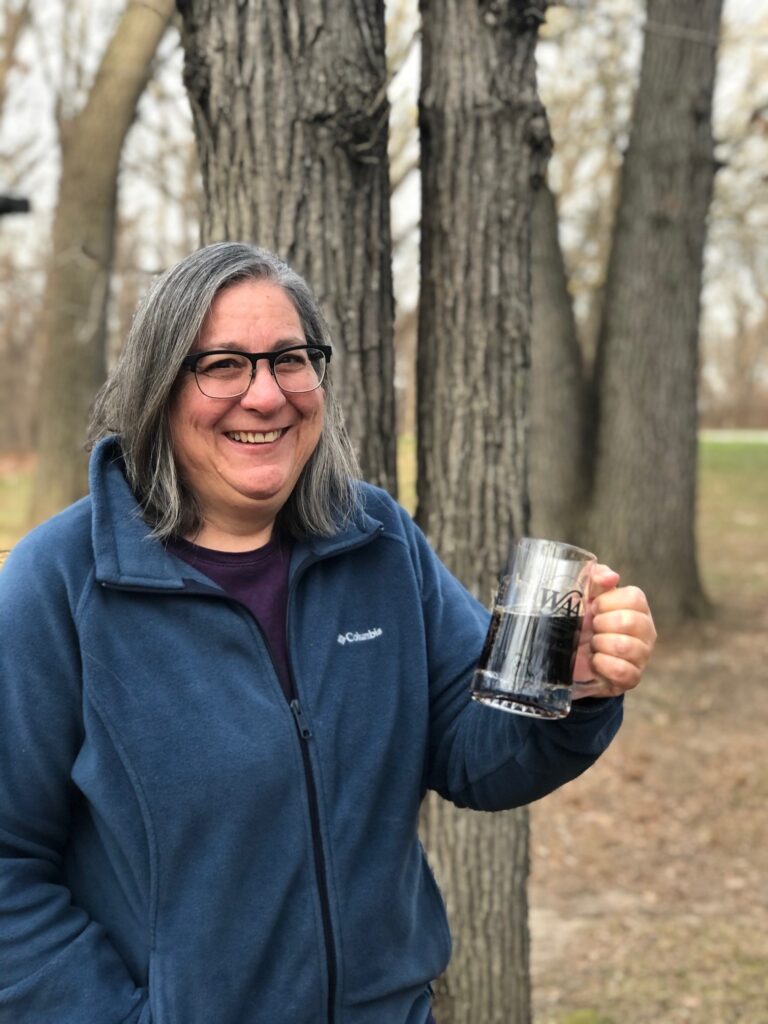 We wish Sara Minkoff the best as she retires following a seven-year career at the Wisconsin Department of Natural Resources (DNR).
We wish Sara Minkoff the best as she retires following a seven-year career at the Wisconsin Department of Natural Resources (DNR).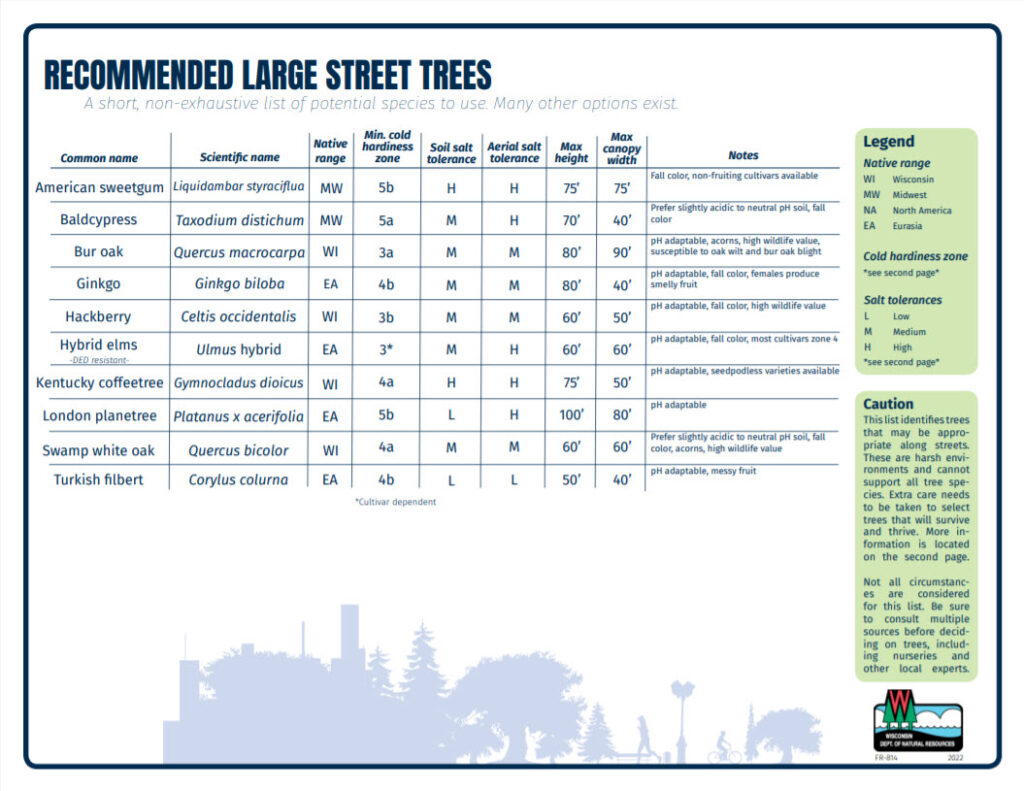
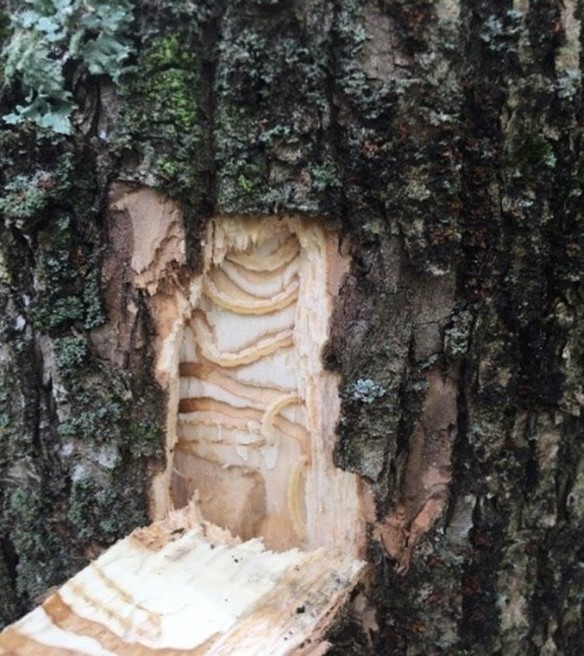
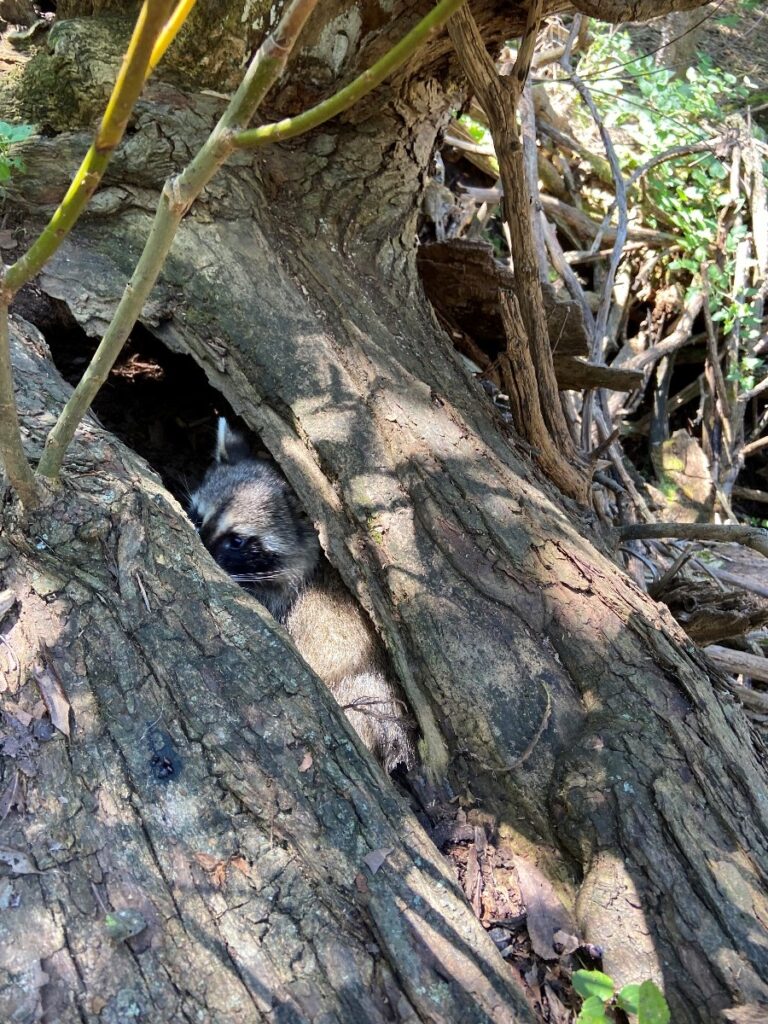 There’s a beloved Calvin and Hobbes strip in which the famous duo unearths routine items (rocks, roots, grubs) while digging a hole, but are nonetheless awestruck by what they found, exclaiming “there’s treasure everywhere!”
There’s a beloved Calvin and Hobbes strip in which the famous duo unearths routine items (rocks, roots, grubs) while digging a hole, but are nonetheless awestruck by what they found, exclaiming “there’s treasure everywhere!”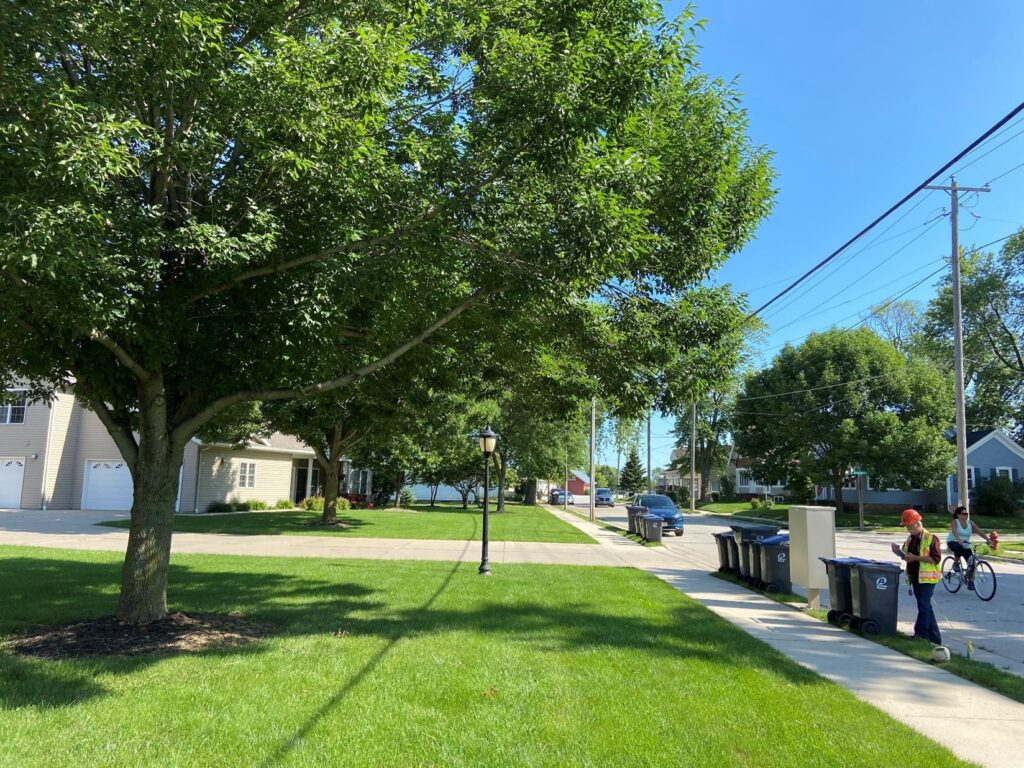 How many sugar maple trees grow in our urban areas? Which species are exhibiting health declines? How many logs can be produced from removed ash trees? What is the carbon storage of urban forests? Where are invasive species most prevalent?
How many sugar maple trees grow in our urban areas? Which species are exhibiting health declines? How many logs can be produced from removed ash trees? What is the carbon storage of urban forests? Where are invasive species most prevalent?
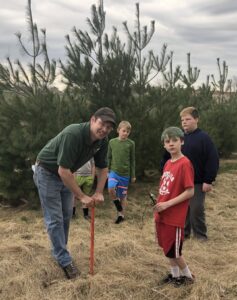 Governor Evers has declared this as
Governor Evers has declared this as